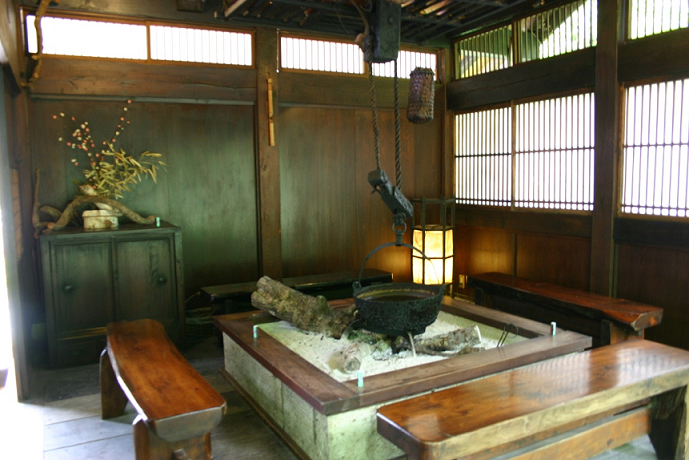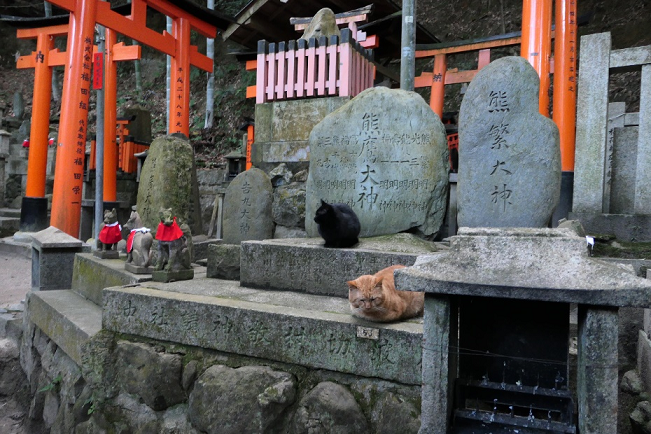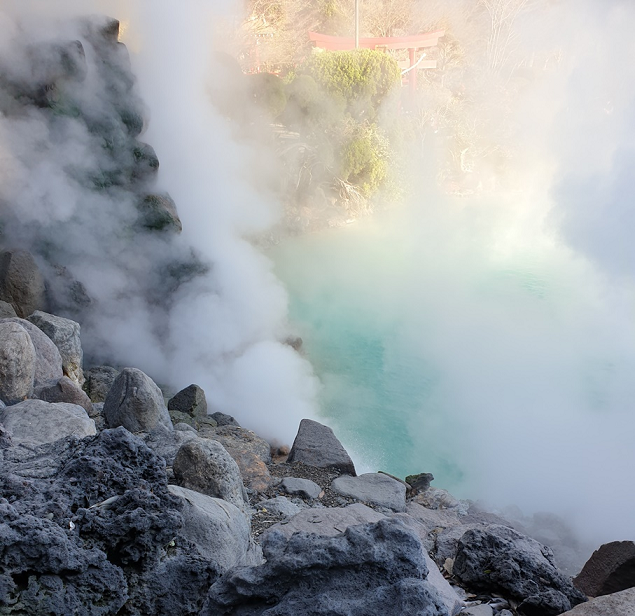By Jaana
Japan is a great travel destination, modern yet traditional in enchanting ways. In many ways it is like another industrialized country but sometimes very different. I have written these tips for a European traveler based on personal experiences. Enjoy your stay!
Public transport and traffic
Public transport is the best in the world, well-organized, punctual, clean and reasonably priced. The
same ICOCA card functions everywhere in local transport in buses, subways and trains. You don’t need
to know the ticket price as it is automatically reduced when exiting. If the card runs out of money,
you can pay the rest at a fare adjustment counter.
Shinkansen bullet trains run through the densely populated coastline from Kagoshima and Fukuoka to
Hiroshima, and to Osaka, Kyoto, Tokyo and Sendai up to Hokkaido. There is a train about every four
minutes, and the stops last only about 2 minutes, so make sure you don’t miss your stop. Trains have
cars for reserved seats and for non-reserved seats, everything marked very clearly on station
platforms.
Roads are usually narrow and cars are small, especially in the countryside. Driving is on the left
side. Road tolls are expensive. Navigation is easier if you are able to recognize some Japanese
characters.
Hotels
Japan has various types of hotels: the so-called business hotels are closest to Western style.
Usually they are mid-price and follow similar practices all over such as check-in and check-out
times that are strictly 3 PM and 11 AM. Rooms are usually small; when booking remember to check the
room size carefully as well as selection of beds. 4 or 5 star hotel rooms are closer to Western
size, and these hotels might also have a gym. Breakfast is usually a combination of Western and
Japanese foods, and often there is a lot of choice. Rooms are clean, and come with a set of
amenities: toothbrush and paste, hairbrush, razor, yukata or pajamas, slippers, paper tissues, tea
and coffee bags. Beds tend to be hard, and so are pillows. Many hotels have a common hot bath. There
are umbrellas for guest use.
Hotels generally have free wifi, as well as the shinkansen trains.
Traditional ryokan hotels have tatami floors where you sleep and sit on the floor. Tatami rooms are
basically shared by the whole party, as they might accommodate up to 6 people. The futon beds are
spread for the night, daytime futons are kept in a closet. These traditional places may require cash
payment. The instructions may be in Japanese only, and even the prices in restaurant menus could be
in Japanese numbers.

You have to follow the slipper etiquette in Japanese houses: shoes are left near the entrance, and you use slippers indoors except in tatami rooms (they are available at the entrance, you don’t need to carry your own!). Different slippers are used in the toilet which is considered outdoors. Shoes are also left outside in many historical museums, temples, Japanese-style restaurant booths, and fitting rooms in shops. Removing your shoes is a major rule where even foreigners are not exempted.
Bath and toilet
Cleanliness is of extreme importance. Toilets are found everywhere and they are very clean. They can
be either squatting or sitting type. Toilet seats usually have heating and numerous functions for
sound and washing, which are indicated by Japanese language buttons. Some toilets flush
automatically.
In public baths (furo, onsen), there are showers where you need to wash before dipping into the hot
bath which is very hot indeed. No swimsuits are allowed, there are separate baths for men and women.
Towels are traditionally tiny. Tattoos are not accepted.
Houses
If you choose home accommodation, you might get a place with tatami rooms. Japanese houses are built lightly, and walls between rooms are mainly paper screens. There are numerous appliances in the kitchen and bathroom that are operated separately, such as water heaters, stoves, microwaves, rice cookers, bathtub, toilet seat, air conditioners, room lighting, washing machines. They have operating panels with a large number of buttons labeled in Japanese, which is a challenge. Staircases are steep and narrow.
Restaurants
There is an amazing range of options, and you always get great food. Many restaurants are specialized to a certain kind of food:
- Okonomiyaki serves omelettes (a speciality in Hiroshima)
- “Kani” has crab dishes
- Sushi (and sashimi)
- Tonkatsu (pork cutlets)
- Ramen (noodle soup, very fatty)
- Udon and/ or soba noodles (my favorite!)
- Chinese and Korean
- Italian type food: pizza and pasta (with a Japanese twitch)
- French or English coffee shops
Department stores and railway stations have large restaurant areas that are very efficient: if there
is a queue to a place, you can write your name on the list (and how many people), and sit on a tiny
chair to wait to be called. Because restaurant service is fast, you may get in in 10 minutes.
Eating is usually (but not always) cheap and the quality good. (There are also very expensive
restaurants in big cities.) When you get your table, you will get a hot towel, a glass of water,
green tea and chopsticks (forks and knives are not common). You can order from a menu that has
pictures of dishes, or there are plastic displays of dishes in the shop windows. Menus in English
are rare. Most restaurants have chairs, but in some you sit on a cushion. They may not accept card
payment, therefore it is better to always carry some cash. No tipping.
Coffee shops are more and more common, including Starbucks. Many places have latte, espresso, etc.
Regular coffee tends to be weak. The Japanese like cold tea and coffee, which are sold in bottles as
well. In case you prefer the English kind of black tea, you better bring your own tea bags.
Japanese food is not particularly spicy. There are many food items that are pretty unique to Japan,
such as various kinds of seaweed, vegetable pickles, eel dishes, sea urchin, dried squid, rice
noodles and cakes, soba (buckwheat) noodles and fermented beans.
Shopping
Clothing size is naturally small. European sizes of 38 or larger (for women) are hard to find. The
same for shoes.
There are convenience stores (Family Mart, SevenEleven, Lawson) in every block, and they are open 24
hours. They sell small food items, toiletries, and anything you would need in the wee hours. Many
also have ATMs where you get cash. Shop assistants may be immigrants who speak English.
The food departments in large department stores are just amazing, and the quality is excellent. They
also have good selections of European foods such as bread and pastry. Great selection of lunch
boxes, sushi etc. Hiroshima has Mitsukoshi and Sogo department stores.
Traditional Japanese items and souvenirs abound and are easy to find.
Shop assistants shout “irasshaimase” to welcome customers. When they are embarrassed to see
Europeans they shout even more.
English and French looking texts and labels are used to make shops more fashionable, but they do not
necessarily mean anything as people do not understand them.
Hiroshima region
Hiroshima is a medium size modern city with a population of 1,2 million. It has a beautiful location
between hills on the Hiroshima bay. There is no old city due the bomb in 1945. Hiroshima is more
relaxed and easy than the megacities of Tokyo or Osaka. Surrounding areas offer possibilities for
mountain hiking, cycling on scenic routes, pilgrimage routes, and island hopping:
August is very hot in Hiroshima. It is also typhoon season. Do not think of walking barefoot, which
is not appropriate. Wear modest clothing. You need to drink a lot but fortunately there are vending
machines everywhere to get a bottle of water or ice tea, therefore it is a good idea to carry a
supply of coins.
Other destinations
The neighboring island Kyushu has volcanoes and hot springs. There is a museum train from Fukuoka to
Yufuin, which is a charming spa town in the mountains. And the Yufu mountain is a good climb.
Kyoto is less than 2 hours away from Hiroshima by shinkansen, and it is an excellent destination for
seeing the traditional Japan and historic buildings and famous gardens, temples and shrines,
literally hundreds of them. The famous temples Kinkaku-ji (Golden pavilion) and Ryoan-ji (with the
impressive rock garden) are best visited in the morning, as they can get very crowded. The Fushimi
Inari shrine with its red torii is a train ride away, and very popular, but actually not many
visitors bother to walk all the way to the mountaintop. Kyoto has a traditional food market,
Nishiki, where you can get unique souvenirs. The Takashimaya department store is legendary. Kyoto
eki, the railway station, also has department stores and a huge number of restaurants in the
underground area. Kyoto is easy for foreign travelers because signs in public transport and other
information is also in Latin characters, and many people speak at least some English.

Tokyo is a bit far, and you would need several days for a visit. If you want to visit a megacity,
Osaka is near Kyoto. It has a large harbor and a great Aquarium. The great bridge system from Honshu
to Shikoku starts in Kobe near Osaka.
I strongly recommend getting a guide book (Lonely Planet) or two and studying beforehand, because
there are so many great options for an adventure.
Behaviour
The Japanese society is based on rules and good conduct. Polite and respectful behavior is
appreciated. Eating while walking would be very bad manners. “Sumimasen”, “onegaishimasu”, “kudasai”
and “arigatoo gozaimasu” are used all the time.
https://japanesepod101.com is a terrific source for
Japanese language and modern life.
Japan is a very safe place to travel (except for natural disasters such as torrential rains,
earthquakes and volcanoes, of course).
Foreigners sometimes cause confusion among Japanese people who may panic, because they fear that
foreigners behave badly. Certain places require some knowledge of rules of behavior: visiting
temples and shrines has its own etiquette, and before going to an onsen ryokan you better study the
rules in advance.
